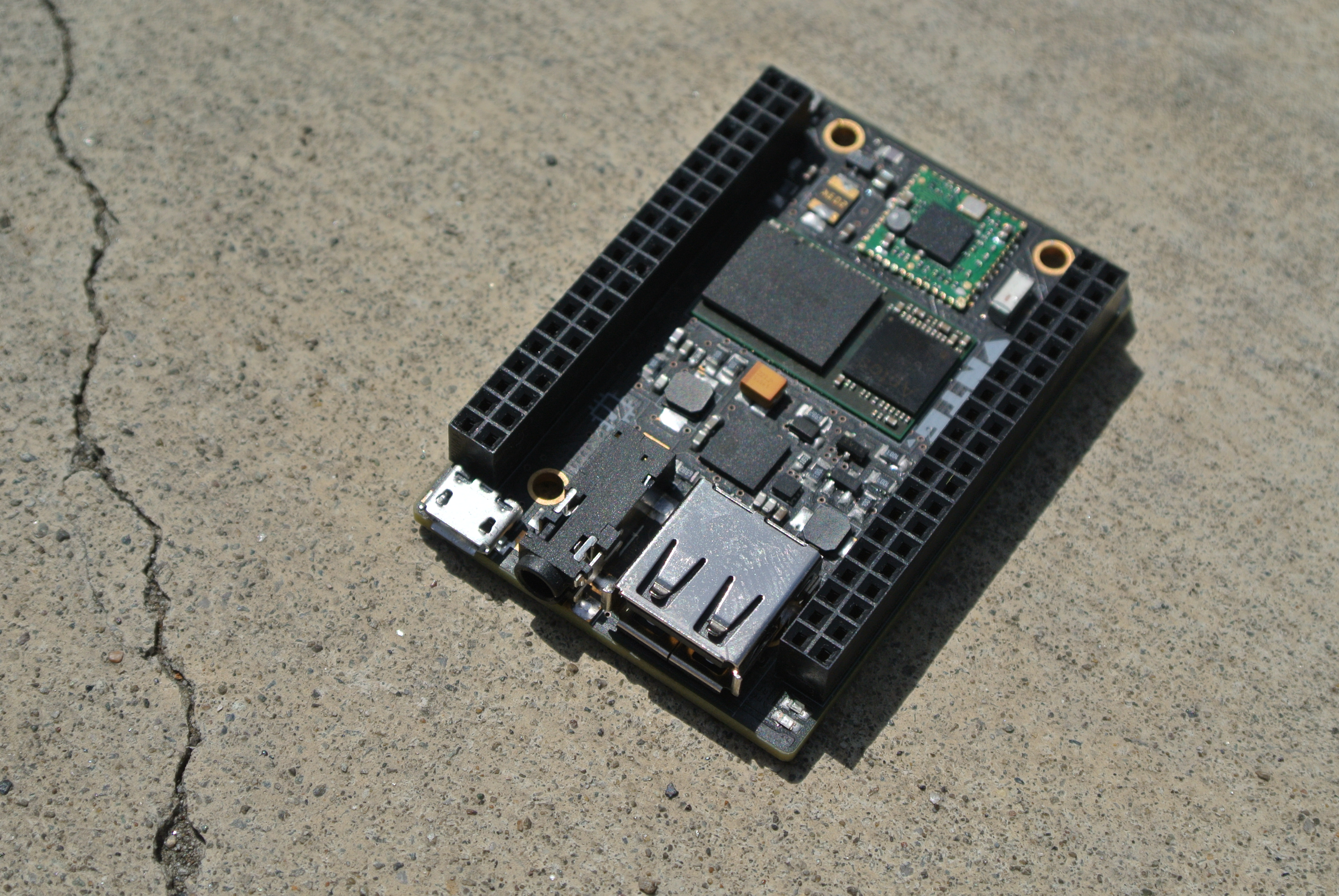Does it have to be Linux? Or could you do the job with a mini Arduino? Adafruit sells these and they are really small:
https://www.adafruit.com/products/2590
Yeah,
To run Xastir it needs to be linux. The EggFinders update once a second whereas to maintain reliability with APRS tracking applications, the update rate is once every 5 seconds. Yeah, I know Nexus devices have Linux "underpinnings" but it is not a full fledged Linux OS. After I unlocked and rooted my device the filesystem looked
very familiar.
Now I've plugged the EggFinder Dongle into the USB port/location where Xastir expects a GPS. It will decode the incoming strings just fine and the increased resolution
is readily apparent. Whether this is helpful or not is arguable. All commercially available GPS units stop sending position data at 1200mph and some tolerate G loads better than others. The question of resolution further becomes moot because I believe most if not all of the APRS based rocket trackers have onboard memory that can be selected to "save" the position at a higher frequency even though an RF packet is scheduled once every 5 seconds.
The SainSonic AP510 is a Bluetooth compatible APRS transceiver for roughly $125.00. Can use it as an APRS receiver bonded to a computer or Android device and run APRSDroid as a receive station and a second AP510 could be used as a tracker. With a quarter wave antenna mounted in a large nosecone would make for a higher powered GPS tracker.
https://www.sainsonic.com/ap510-apr...th-thermometer-tf-card-support-aprsdroid.html
Only problems: Size. Only viable for larger projects. Power output. The selectable 500Mw and 1 watt Rf power could dork some deployment electronics.
On the 2 meter band so a 1/4 wave antenna is longer. The device is tunable so one is not fixed to the 144.390 national APRS frequency. Send a packet out once every 5 seconds on the national frequency will tick off a lot of Hams. Sirf chipsets one can't rely on for accurate altitude reporting, position is fine though.
The AP510 will record its position on a micro SD card up to 1/sec (rate selectable) for later download of a .kml file. File type is selectable also.
A real big kicker here is manufacturer support of this Chinese device is nil. There is a newsgroup for it and a helpful setup video but it is truly a DIY device.
Firmware updates have been coming out though that fixes some of the options but again, this can be daunting for some folks.
But.......... ~$125.00 for an APRS transceiver that is Bluetooth connectable is really something. Kurt




